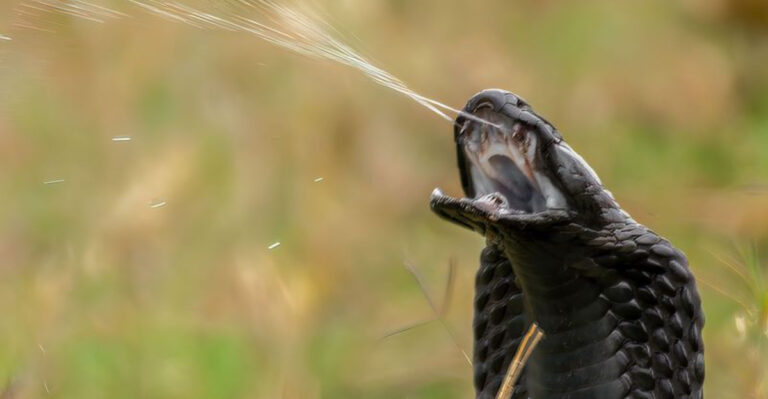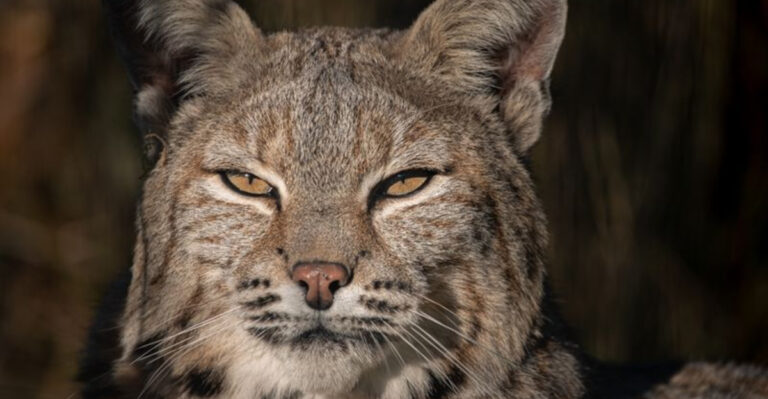8 Things To Know About The Bizarre Life Of The Star-Nosed Mole
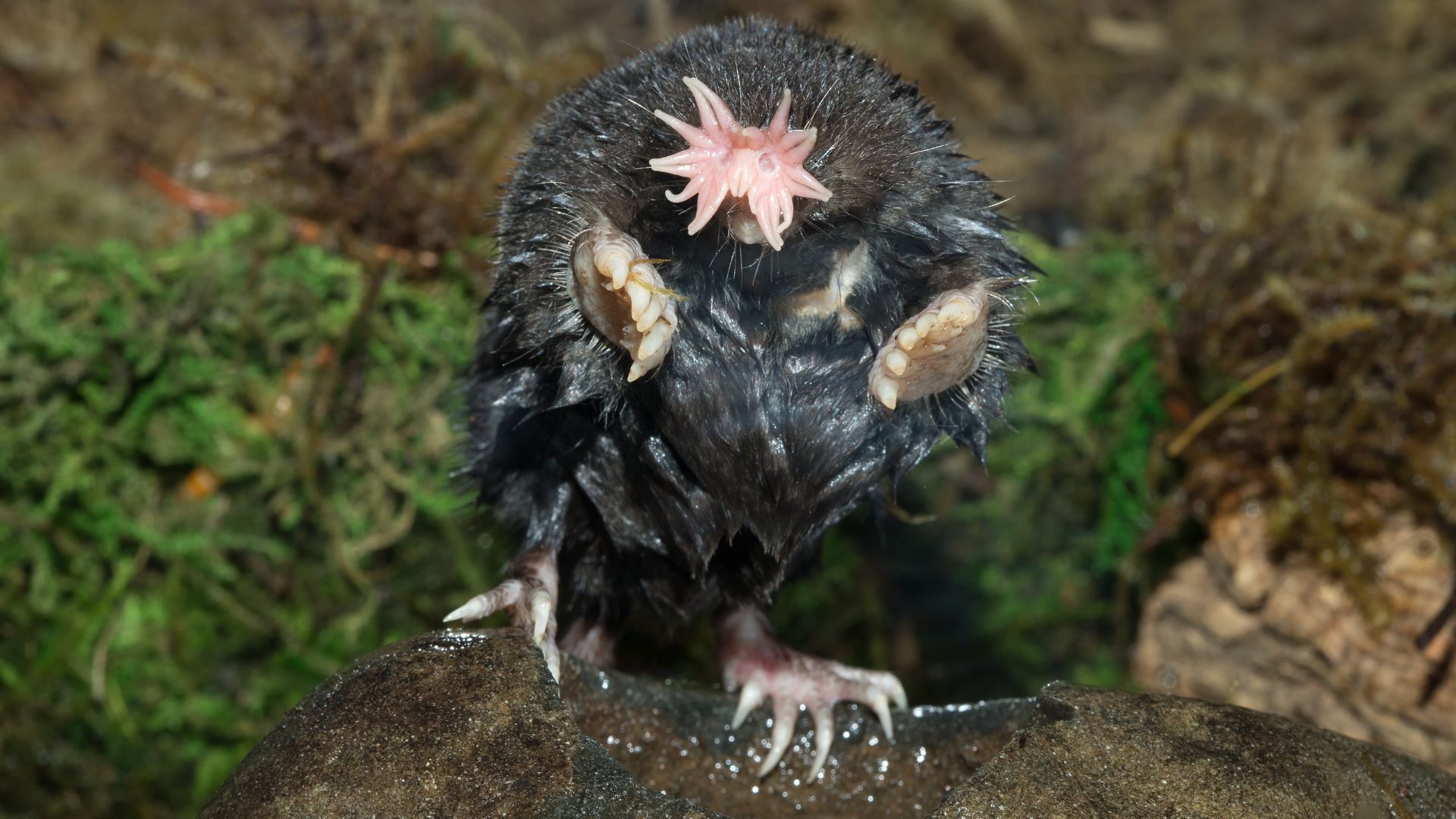
The Star-Nosed Mole, a fascinating creature native to North America, is a marvel of evolution. Known for its unique appearance and incredible sensory abilities, this mole defies the ordinary in every possible way.
Let’s explore intriguing facts that make the Star-Nosed Mole an extraordinary member of the animal kingdom.
1. The Unusual Nose
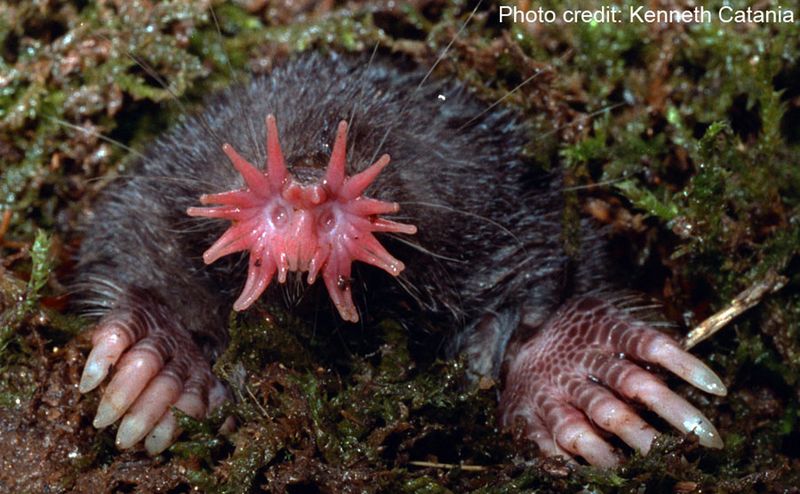
The Star-Nosed Mole’s nose is a spectacle of nature, boasting 22 fleshy tentacles that make it stand out from the animal crowd. But these aren’t just for show! These appendages are incredibly sensitive and can detect the slightest vibrations in the soil.
They’re the mole’s primary tool for navigating its underground world, functioning like a hyper-advanced GPS. You might say this mole really knows how to ‘sniff’ out a good meal! Each tentacle is covered in thousands of tiny sensory receptors known as Eimer’s organs.
These receptors allow the mole to ‘see’ its environment through touch, making it one of the fastest foragers in the animal kingdom. The star on its nose isn’t just a fashion statement; it’s a vital survival tool. Incredibly, this nose works underwater too.
The mole can blow bubbles and re-inhale them to pick up scent particles, a trick that leaves other mammals in the dust. With its nose, the Star-Nosed Mole explores the world in ways we can only imagine.
2. Speedy Eater
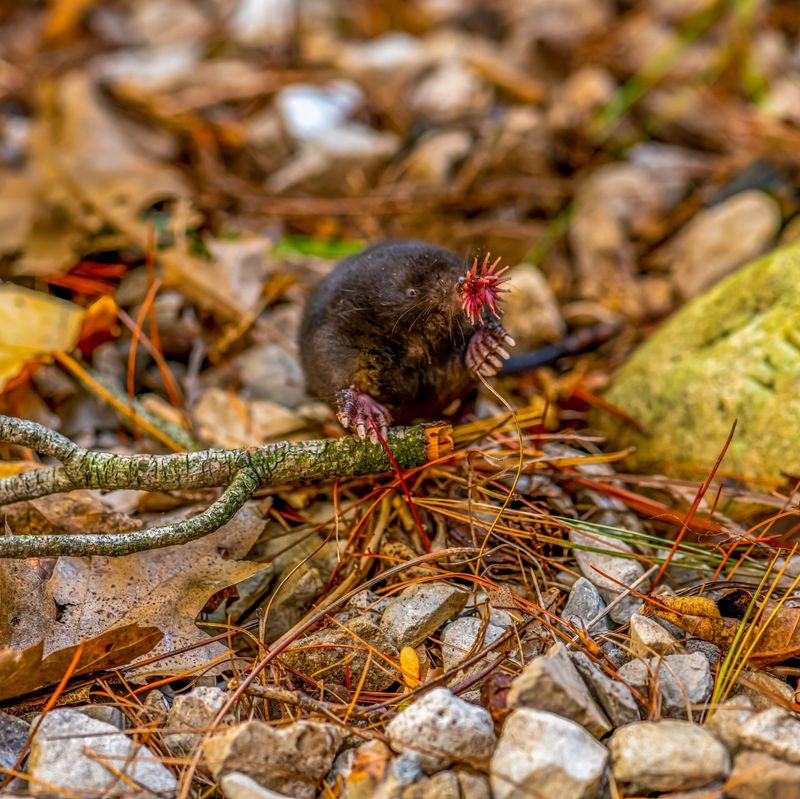
When it comes to feasting, the Star-Nosed Mole is a culinary speedster. It holds the record for the fastest-eating mammal, capable of identifying and consuming its prey in less than a quarter of a second.
Talk about fast food! This rapid ingestion is not just a party trick; it’s a survival strategy that allows the mole to maximize its energy intake while minimizing exposure to predators. Imagine sifting through a buffet blindfolded and still grabbing the best bites before anyone else can even blink.
That’s the life of a Star-Nosed Mole! Its unique nose helps it make quick decisions about what to eat, ensuring that every meal is a nutritious one. This quick-draw dining is facilitated by the mole’s nervous system, which is finely tuned to process sensory information at lightning speed.
The mole’s ability to eat so fast is a testament to its evolutionary ingenuity. It’s a small creature with a big appetite for efficiency!
3. Exceptional Swimmer
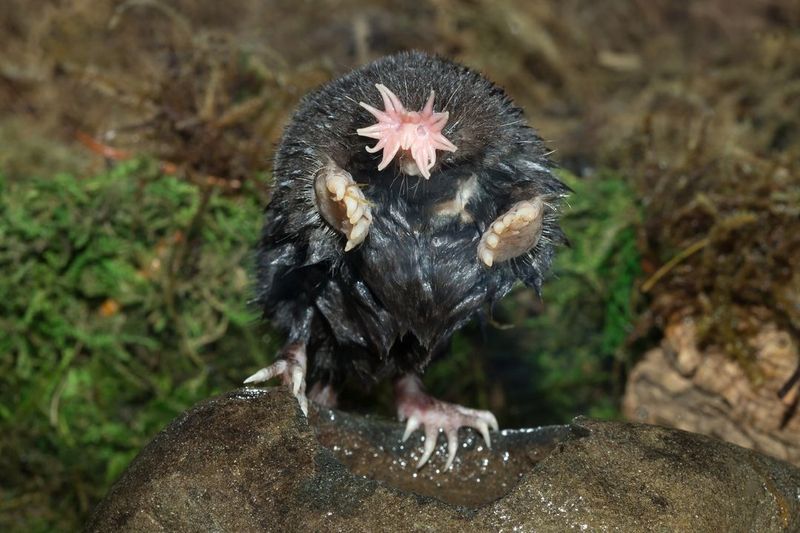
The Star-Nosed Mole is not just a landlubber; it excels in the water, too. Unlike most moles, which stick to tunneling through soil, this species is an accomplished swimmer. Its webbed feet and sleek, waterproof fur make it a natural in aquatic environments, where it hunts for insects, small fish, and crustaceans. Imagine a mole that can scuba dive without the gear.
The Star-Nosed Mole doesn’t just paddle around aimlessly; it navigates underwater with precision and grace, using its sensitive nose to detect prey even beneath the water’s surface. Its ability to thrive both on land and in water makes this mole a versatile predator.
By expanding its habitat to include waterways, the Star-Nosed Mole has access to a wider range of food sources. This adaptability is key to its survival, proving that sometimes, it’s good to get your feet wet!
4. Living In The Dark
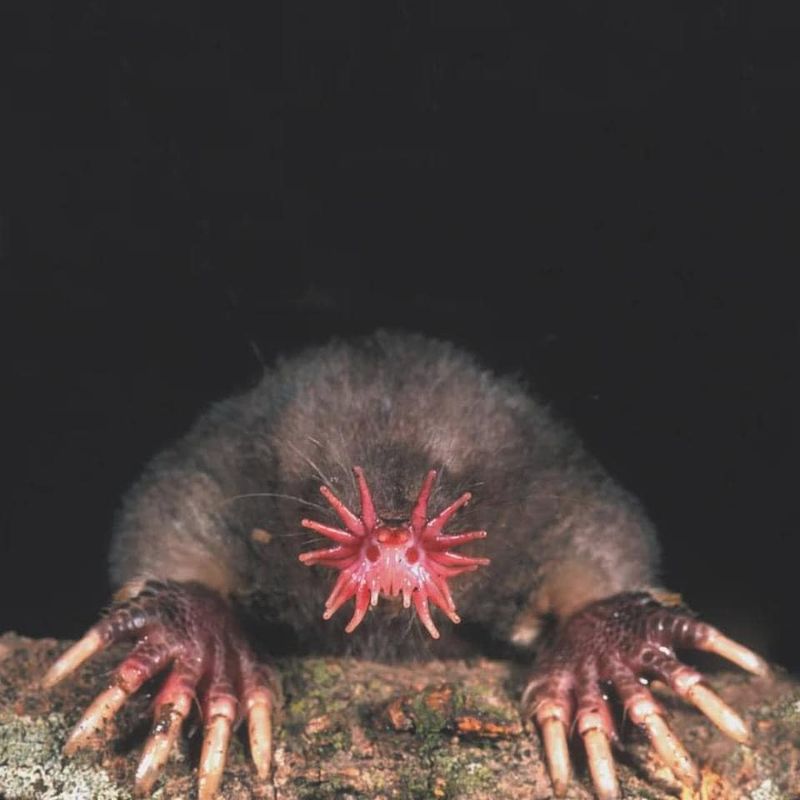
The Star-Nosed Mole’s world is one of perpetual darkness. Living primarily underground, it has evolved to thrive in environments devoid of light. Unlike most animals that rely on sight, this mole uses its sense of touch and smell to ‘see’ the world around it.
Its tiny eyes are virtually useless, but its other senses are finely honed. For the Star-Nosed Mole, the dark is not an obstacle but an advantage. It allows the mole to avoid predators and conserve energy while hunting for its next meal.
Like a superhero with night vision, this mole turns the lights out on its enemies! The mole’s unique lifestyle highlights the incredible adaptability of animals to their environments.
By embracing the dark, the Star-Nosed Mole has carved out a niche where few other creatures can compete. It’s a reminder that sometimes, the best way to stand out is by blending in with the shadows.
5. Star-Nosed Social Life
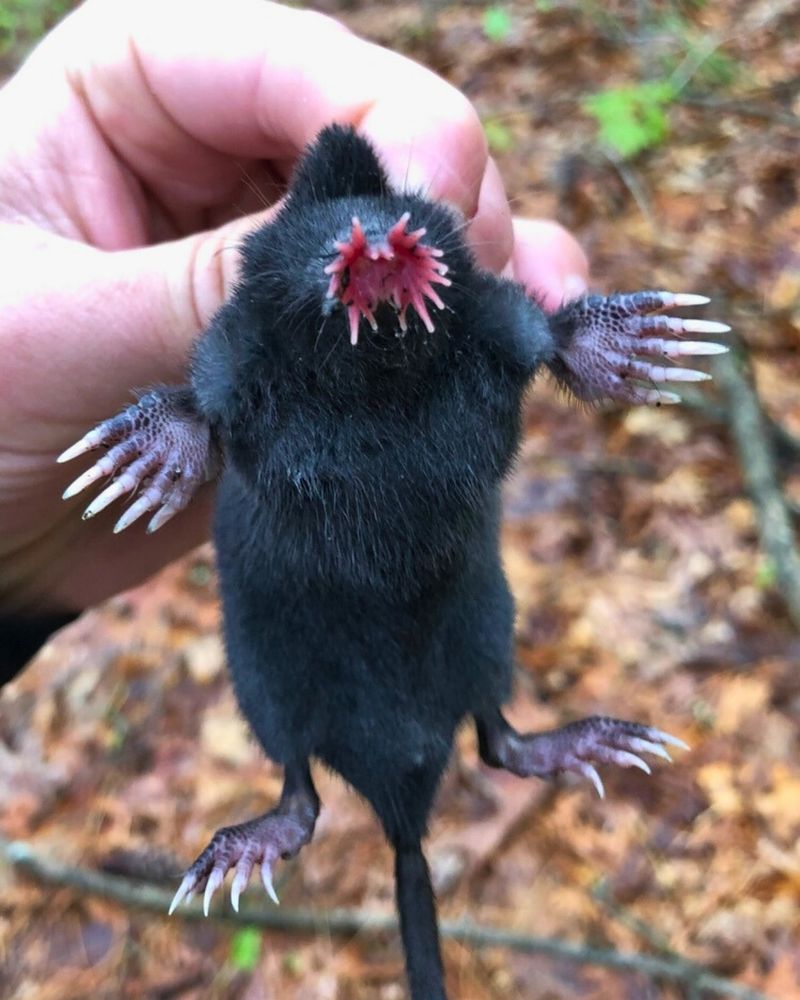
While many mole species are solitary creatures, the Star-Nosed Mole breaks the mold by being more social. These moles have been observed to live in small colonies, where they engage in cooperative behaviors that are rare among their kind.
It’s like having a mole family reunion underground! Communication among Star-Nosed Moles involves a mix of touch, scent, and sound. Their social interactions are a delightful dance of sensory exchanges that help strengthen their bonds and coordinate their activities.
Who knew moles could be so ‘touchy-feely’? Living in groups offers several advantages, including increased protection from predators and more efficient foraging.
The Star-Nosed Mole’s social tendencies demonstrate that even in the animal kingdom, teamwork can make the dream work. This mole shows us that sometimes, it’s better to dig in with friends!
6. Unique Evolutionary Path
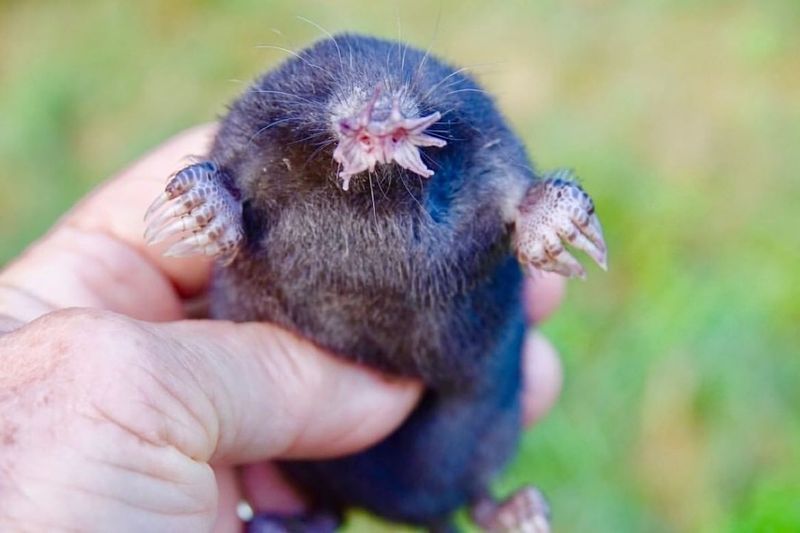
The Star-Nosed Mole is a testament to the wonders of evolution. Its distinct features, such as the star-shaped nose and fast-foraging abilities, have been honed over millions of years. This mole’s evolutionary journey is a fascinating tale of adaptation to its environment.
Unlike its relatives, the Star-Nosed Mole has carved out a unique niche, allowing it to exploit resources that others can’t. Its ability to forage in both terrestrial and aquatic habitats is a prime example of evolutionary ingenuity. It’s like having a Swiss Army knife for survival!
The mole’s evolutionary success is a reminder of nature’s endless creativity. By embracing its peculiarities, the Star-Nosed Mole thrives where others might struggle. It’s a creature that proves sometimes, being different is the key to surviving and thriving.
7. Habitat And Range
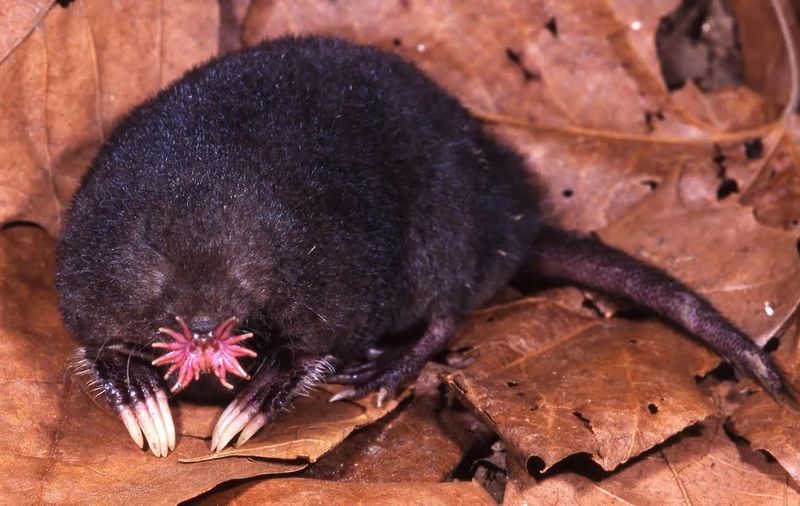
The Star-Nosed Mole calls the wetlands of North America its home. Found from Canada to the northeastern United States, these moles thrive in moist, marshy environments. These habitats offer a bounty of food sources and the soft soil perfect for tunneling.
Living in wetlands might sound like a soggy affair, but for the Star-Nosed Mole, it’s paradise. The abundance of water and food makes it an ideal setting for raising a mole family. It’s like having a five-star resort, complete with all-you-can-eat worm buffets!
The mole’s habitat also provides natural protection from predators. The dense vegetation and waterlogged soil create a labyrinth that can confound even the most determined hunters. This mole’s choice of home is a masterclass in strategic living, showcasing its adaptability and resourcefulness.
8. Conservation Status
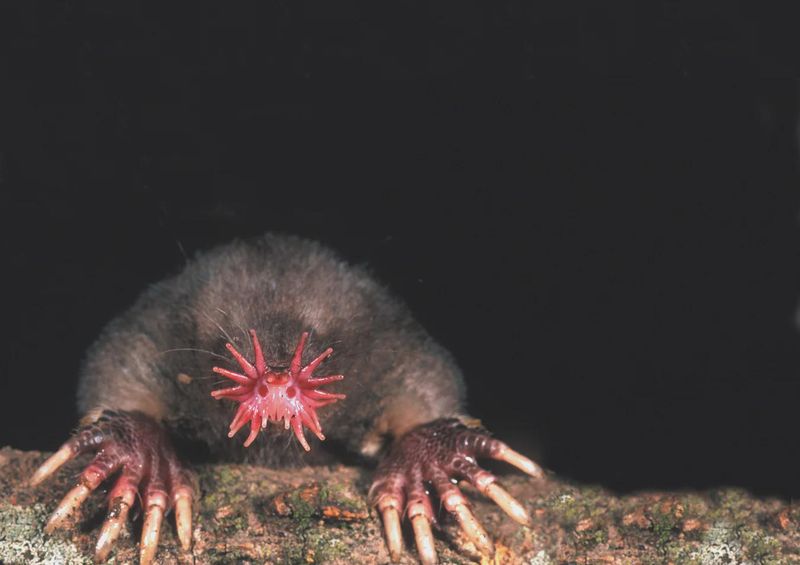
The Star-Nosed Mole enjoys a relatively stable conservation status, mainly because it inhabits areas that aren’t heavily impacted by human activity. Unlike many other species, its populations are not currently declining at an alarming rate, which is a rare piece of good news in the world of conservation.
These moles benefit from living in wetlands, which are often protected areas due to their ecological importance. This provides a buffer against habitat destruction and human encroachment. It’s as if the Star-Nosed Mole picked the perfect hideaway to escape the hustle and bustle of modern life.
While not endangered, it’s crucial to maintain healthy wetland ecosystems to ensure the continued prosperity of the Star-Nosed Mole. Protecting their habitat is a win-win situation, benefiting countless other species as well. It’s a small but vital reminder of the interconnectedness of life on Earth.



